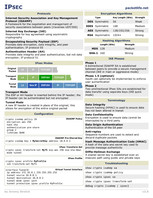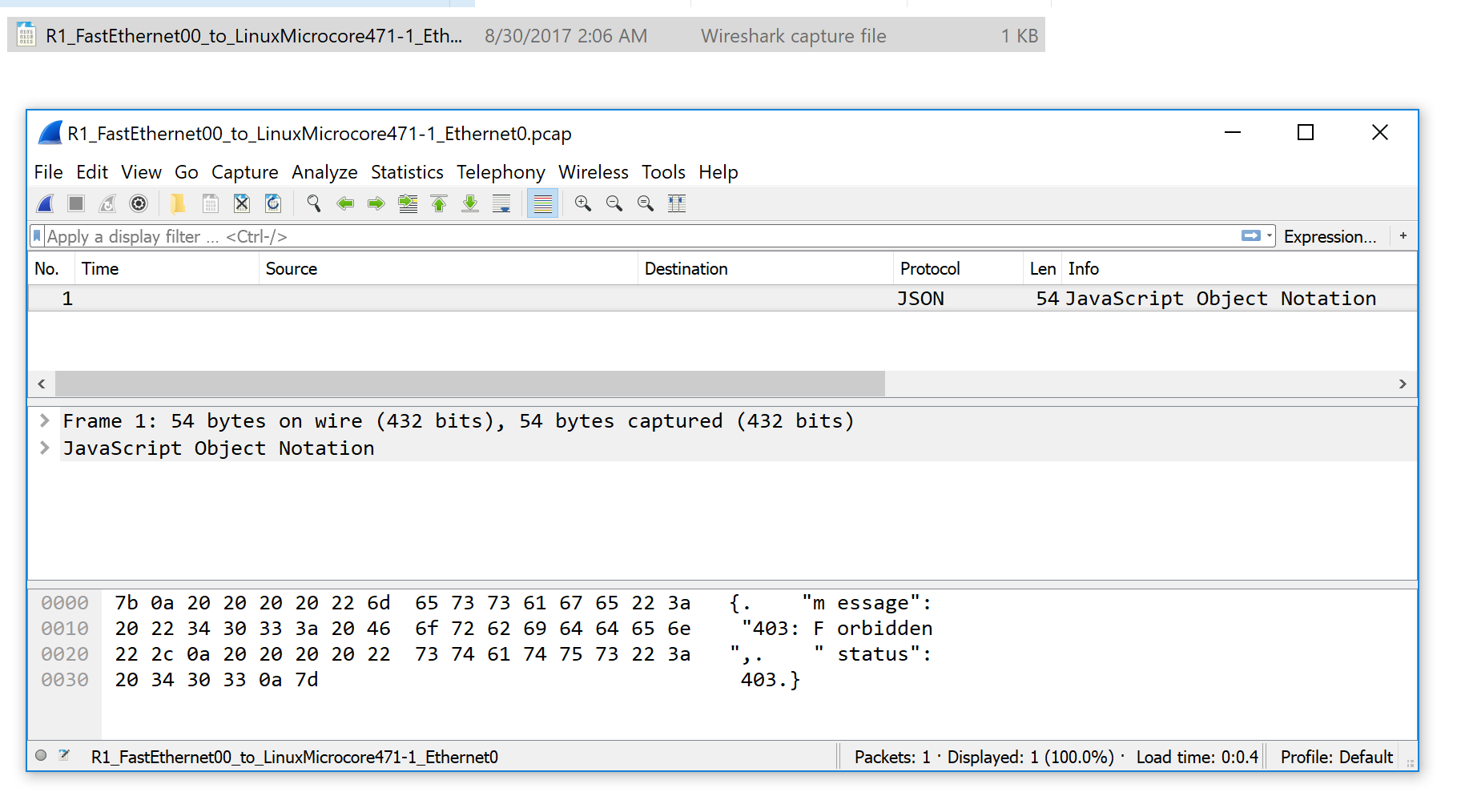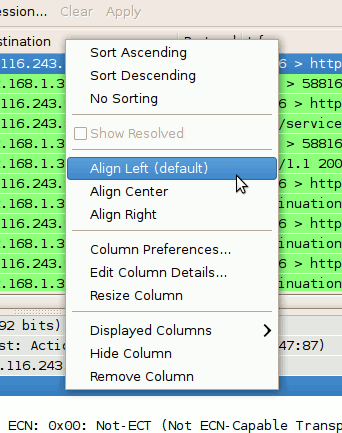

So to interpret the command above, I would be capturing roughly 100MB of packet data in 10MB chunks before the ring buffer kicks in and starts overwriting old capture files. This is optional, but I see no benefit in watching a continual counter. q means to not print the number of captured packets to the command prompt window. w c:\capfilename.pcapng means prepend each capture file with the word capfilename and save it to c:\ with the extension.

i “Ethernet2” means use the ethernet adapter with the name “Ethernet 2” which we determined earlier, we could also use the number given to the ethernet adapter when we ran the dumpcap -D command earlier. Less files means less space consumed before it begins overwriting the oldest files. You can set this as low or high as you are comfortable with. b files:10 means capture up to 10 files before overwriting the oldest file. b filesize:10000 means capture until pcapng file is 10,000kb or ~10MB. Now that we have our interface name, we can use the dumpcap command string to begin dumping packet data to a file which is: dumpcap.exe -b filesize:10000 -b files:10 -i "Ethernet 2" -w C:\capfilename.pcapng -q Next run the following command to output the interfaces on your system as seen by dumpcap: dumpcap -DWhich will result in an output similar to: c:\Program Files\Wireshark>dumpcap -D 1.In my case it’s C:\Program Files\Wireshark so I’ll use the command: cd c:\Program Files\Wireshark



 0 kommentar(er)
0 kommentar(er)
